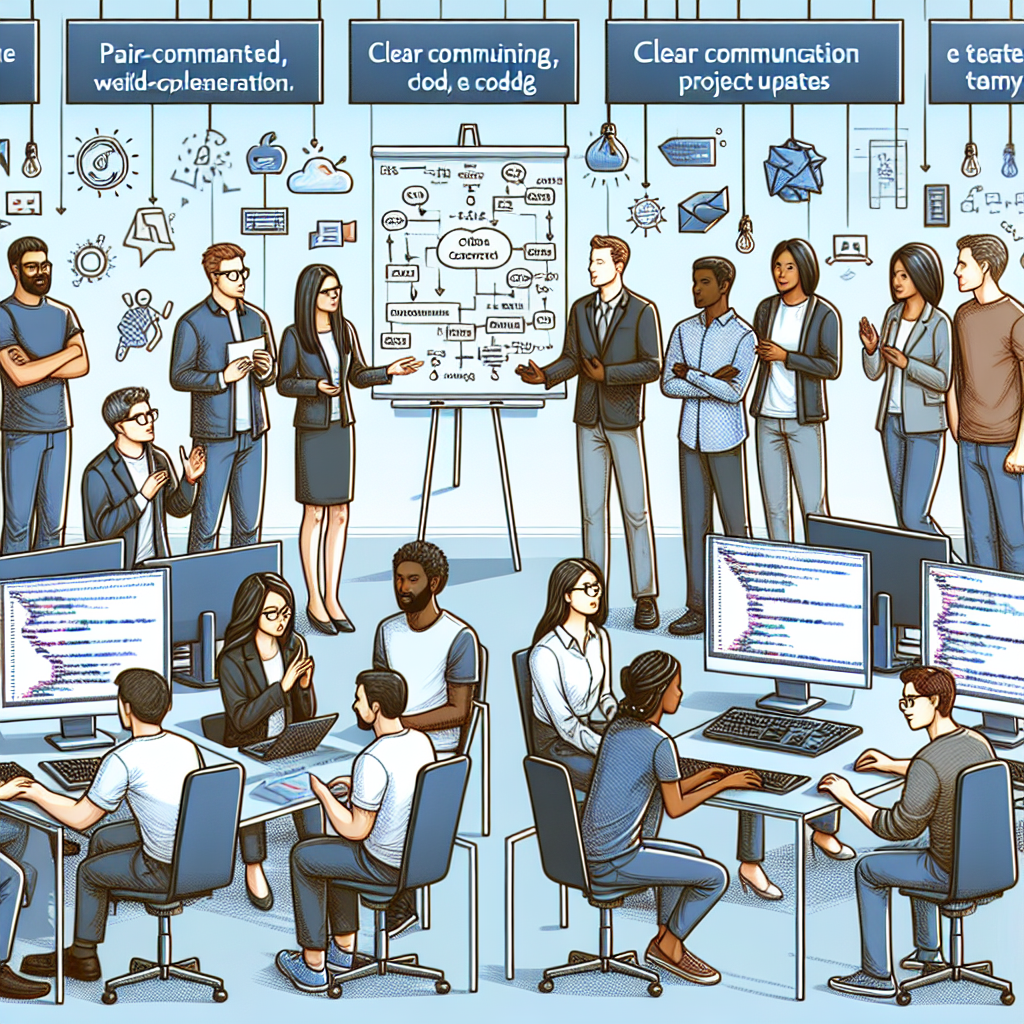On Missing Opportunities Due to Isolation
Welcome back to another episode of "Continuous Improvement." I'm your host, Victor, and today we're going to dive into a topic that many of us can relate to - missed opportunities for leadership.
Have you ever been in a situation where you wanted to speak up or take the lead, but something held you back? Maybe it was fear of saying the wrong thing or not knowing what to say at all. Today, I want to share a personal story that taught me some valuable lessons about embracing opportunities and becoming a better leader.
It all happened during a leadership training course I recently attended. Our instructor posed a thought-provoking question about how we could improve our community amidst the ongoing COVID-19 crisis. The room fell silent for a moment as we pondered the possibilities. However, when it came time to share our thoughts, nobody volunteered.
I, too, found myself avoiding eye contact with the instructor, fearing the judgment or misunderstanding of my ideas. But looking back now, I realize how much I missed out on by not taking the initiative to speak up and lead that moment.
In that moment, I learned some important lessons that I want to share with all of you today. Firstly, I realized the importance of embracing every opportunity that comes our way. We often let fear of failure or rejection hold us back, but what's the worst that could happen? Most daily memories fade, and the chance of someone remembering your words or actions is minimal.
Secondly, I recognized the need to improve my public speaking abilities. To overcome that fear, I decided to join a Toastmasters club. It's uncomfortable at times, but it's better to address a crowd and share valuable insights than to remain silent. By improving my communication skills, I can become a more impactful leader.
Lastly, I learned the importance of taking a deep breath and embracing the spotlight. Rather than stressing about it, I now understand the value of enjoying those moments and making the most of them.
So, how can we apply these lessons in our own lives, especially when it comes to seizing opportunities for leadership?
One way is to be open to various experiences. Step outside your comfort zone. Take risks. Remember, the worst that can happen is a valuable lesson learned.
Another way to embrace leadership opportunities is to improve our public speaking skills. Engaging in activities like joining a Toastmasters club or enrolling in speaking workshops can help build confidence and ensure that we're not held back by the fear of speaking in front of others.
And finally, let's remember to take a deep breath and enjoy those moments when the spotlight is on us. Instead of getting caught up in our fears and insecurities, let's savor the chance to make a positive impact and share our unique perspectives.
As we wrap up today's episode, I encourage all of you to reflect on missed opportunities for leadership in your own lives. What have you learned from those experiences? How can you apply those lessons moving forward?
Remember, continuous improvement is a journey, and embracing each opportunity that comes our way is an important part of that journey. Let's be fearless, let's be confident, and let's lead with courage.
Thank you for joining me on this episode of "Continuous Improvement." I'm Victor, your host. Stay tuned for more inspiring discussions and practical tips on personal and professional growth. Until next time, keep striving for continuous improvement.



